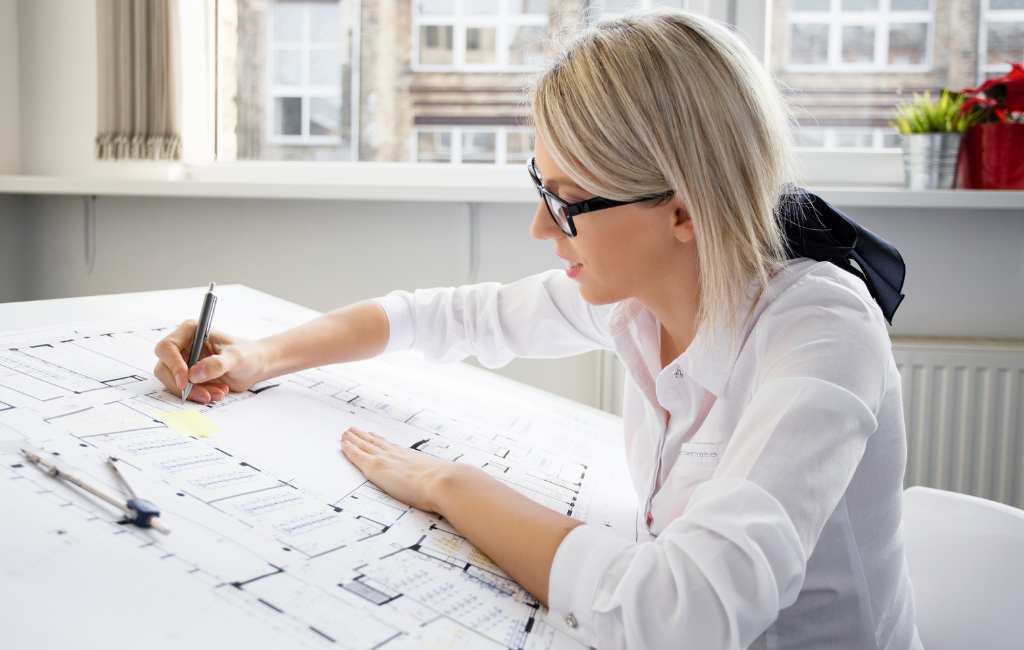
Art of Architect: Designing Spaces That Reflect Your Vision
Architecture is more than just constructing buildings; it is about creating spaces that resonate with the vision and needs of those who inhabit them. The art of architecture involves a blend of creativity, functionality, and sustainability. This article explores how architects design spaces that reflect individual visions, supported by examples, case studies, and statistics.
Understanding the Client’s Vision
The foundation of any architectural project lies in understanding the client’s vision. This involves a deep dive into their preferences, lifestyle, and functional requirements. Architects often conduct detailed interviews and surveys to gather this information.
Case Study: Fallingwater by Frank Lloyd Wright
Fallingwater, designed by Frank Lloyd Wright, is a prime example of an architect capturing a client’s vision. The Kaufmann family wanted a weekend home that embraced nature. Wright’s design, with its cantilevered terraces and integration with the waterfall, perfectly encapsulated their desire.
Balancing Aesthetics and Functionality
While aesthetics play a significant role, functionality is equally important. A beautiful building that does not serve its intended purpose fails to meet the mark. Architects strive to find a balance between these two aspects.
- Open floor plans for flexibility
- Natural lighting to enhance mood and reduce energy costs
- Efficient use of space to maximize utility
Example: The Guggenheim Museum by Frank Gehry
The Guggenheim Museum in Bilbao, Spain, designed by Frank Gehry, is renowned for its stunning design. Yet, it is also highly functional, with its flowing spaces and natural light enhancing the visitor experience.
Incorporating Sustainability
Sustainability has become a cornerstone of modern architecture. Architects are increasingly incorporating eco-friendly materials and energy-efficient systems into their designs.
Statistics on Green Building
According to the World Green Building Council, green buildings can reduce energy consumption by up to 30% and water usage by 50%. These statistics highlight the importance of sustainable design in reducing environmental impact.
Case Study: The Edge in Amsterdam
The Edge, an office building in Amsterdam, is often cited as one of the greenest buildings in the world. It uses solar panels, rainwater harvesting, and smart technology to minimize its environmental footprint.
Embracing Technology
Technology has revolutionized architecture. From 3D modeling to virtual reality, architects now have tools that allow them to visualize and refine their designs like never before.
- 3D printing for creating detailed models
- Virtual reality for immersive client presentations
- Building Information Modeling (BIM) for efficient project management
Example: The Shard in London
The Shard, designed by Renzo Piano, utilized advanced technology throughout its construction. BIM was used extensively to coordinate the complex design and construction processes, ensuring precision and efficiency.
Adapting to Cultural Context
Architecture is deeply influenced by cultural context. Architects must consider local traditions, materials, and climate when designing buildings.
Case Study: The Lotus Temple in New Delhi
The Lotus Temple, designed by Fariborz Sahba, is inspired by the lotus flower, a symbol of purity in Indian culture. Its design not only reflects the cultural context but also incorporates local materials and sustainable practices.
Conclusion
The art of architecture is a complex and multifaceted discipline. By understanding the client’s vision, balancing aesthetics and functionality, incorporating sustainability, embracing technology, and adapting to cultural contexts, architects create spaces that truly reflect individual visions. These principles are exemplified in iconic structures around the world, from Fallingwater to The Shard. As architecture continues to evolve, the focus on creating meaningful, sustainable, and functional spaces remains at the forefront.